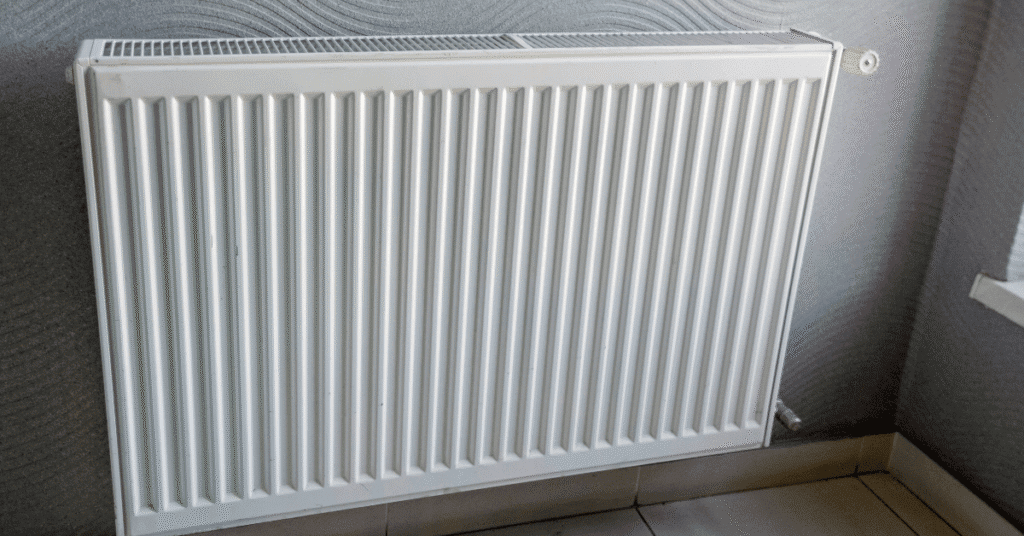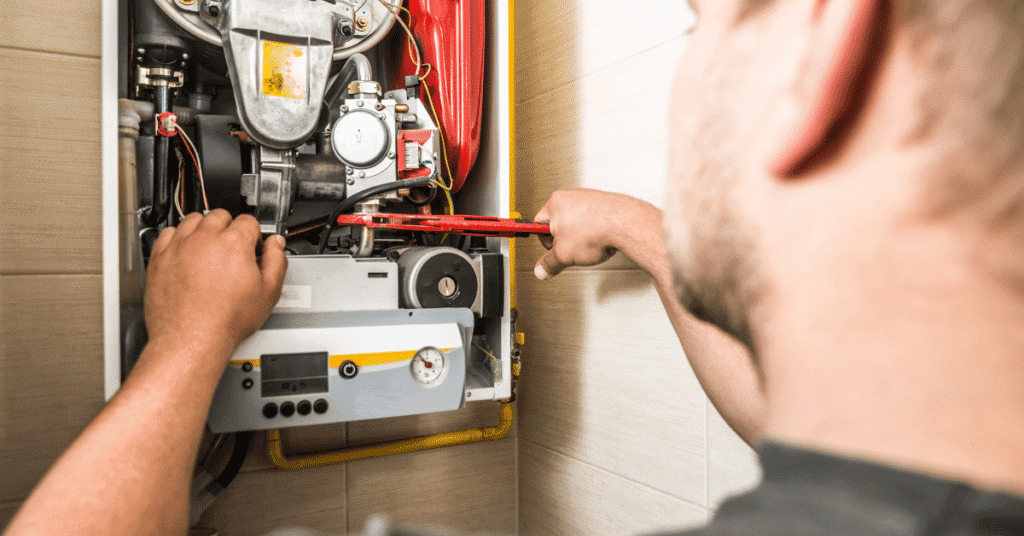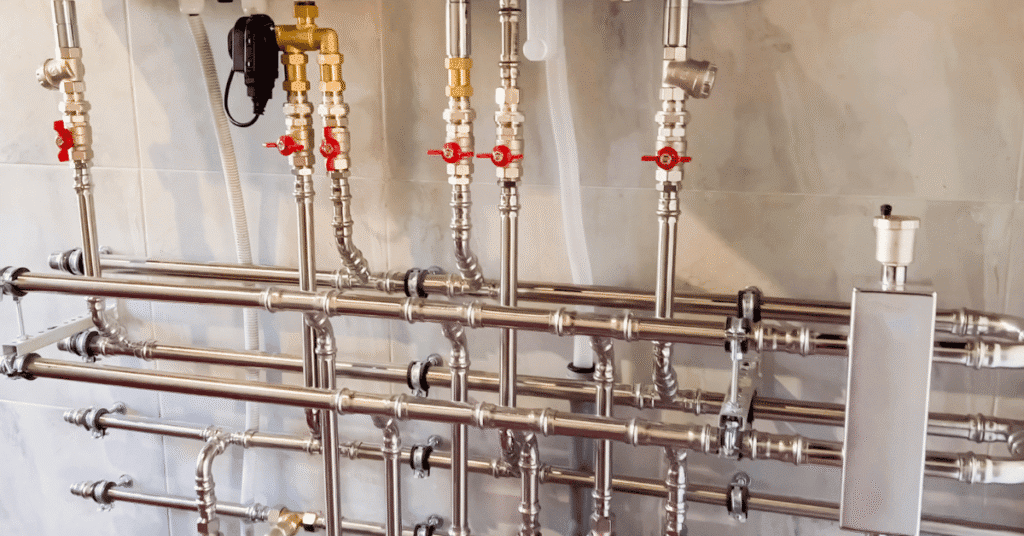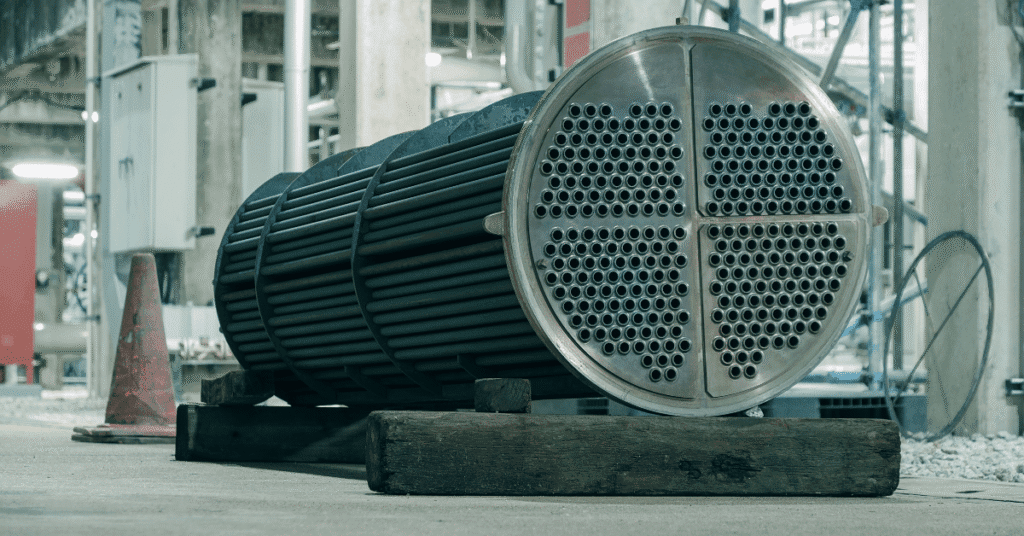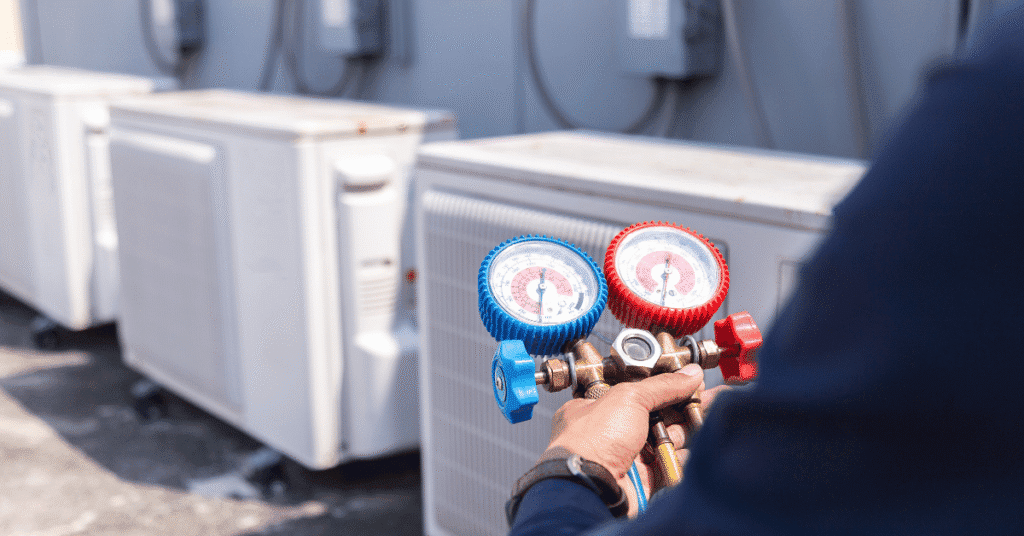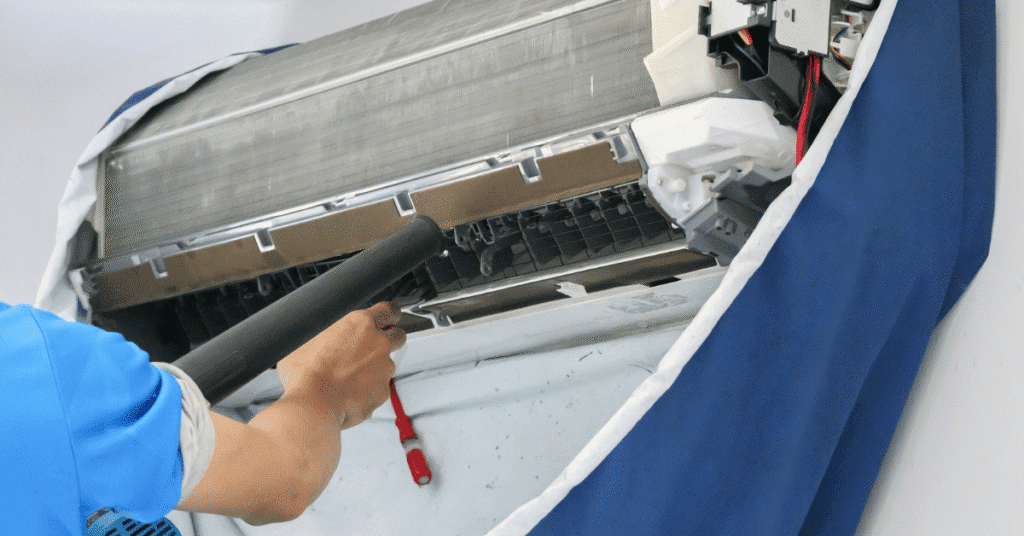A whole house humidifier can make a big difference in your comfort and health, especially during the winter heating season. While your HVAC system keeps you warm, it often dries the air too much. Low humidity can cause dry skin, respiratory irritation, and damage to wood furniture.
On the other hand, excess moisture may create mold and mildew risks. This article explains what a whole-house humidifier is, how it works, and the major pros and cons homeowners should know before installing one.
What is a Whole House Humidifier?
A whole-house humidifier is installed into your home’s ductwork and connected directly to the HVAC system. Unlike a portable humidifier, which only affects one room, this unit distributes moisture evenly throughout your home. Models include bypass humidifiers, fan-powered humidifiers, and steam humidifiers. Each type of humidifier is designed to add moisture to the air, protecting your health, belongings, and comfort.
Since a whole house humidifier is installed into the heating and cooling system, it runs automatically when the air from your heating or cooling system circulates, helping balance the humidity level in your home.
Benefits of a Whole-House Humidifier
Consistent Humidity Levels
Dry indoor air can lead to dry skin, sore throats, and static shocks. A whole-house humidifier helps maintain safe humidity levels between 30–50%, improving overall comfort and health for the entire home.
Protects Your Home and Belongings
Maintaining proper indoor humidity protects wood furniture, flooring, and musical instruments from cracking or warping. It also reduces the risk of damage to your home’s finishes caused by overly dry air.
Supports Better Health
By preventing overly dry conditions, a humidifier can reduce respiratory problems, ease allergy symptoms, and help lower the spread of airborne illnesses. Balanced humidity makes breathing easier for your family.
Saves on Heating Bills
Properly humidified warm air feels more comfortable at lower thermostat settings. This means you can heat your home using less energy, potentially lowering heating bills over time.
Low Maintenance Compared to Portable Units
Unlike portable humidifiers that need to be refilled daily, a whole-home system connects to your water supply. Once installed, it only needs seasonal cleaning, filter or pad replacement, and professional servicing.
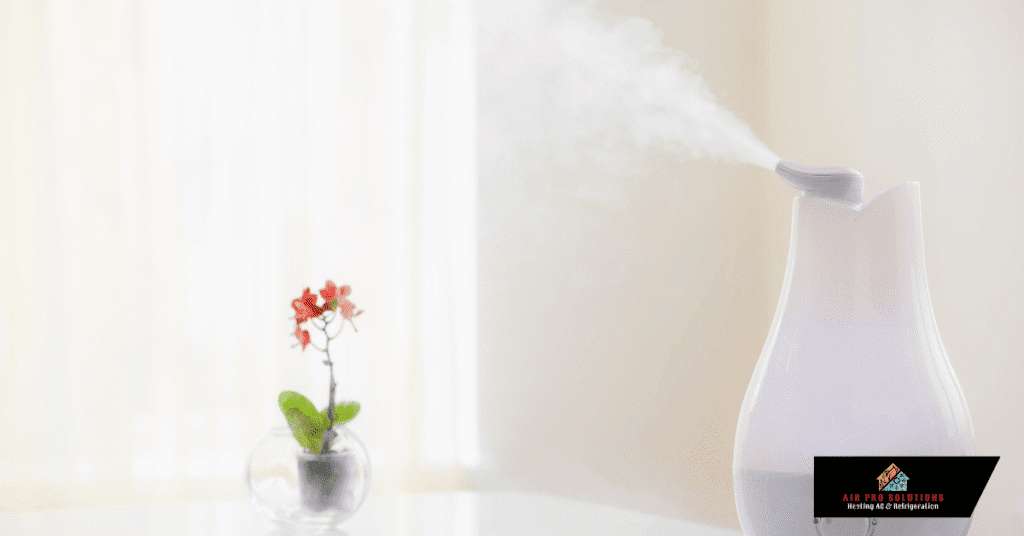
Drawbacks and Cons of a Whole-House Humidifier
Higher Upfront and Installation Costs
A whole-house humidifier requires professional installation, and the cost is higher than a portable humidifier. The price includes both the unit and installation costs, especially when integrated with a furnace.
Seasonal Maintenance Required
Though easier to manage, the system still needs cleaning and filter changes to prevent mold and mildew buildup. Neglecting maintenance may increase the risk of mold growth.
Risk of Over-Humidification
If the humidity level is set too high, condensation may form on windows and walls. This can lead to mold growth inside the home if not monitored with a hygrometer.
Dependent on HVAC Operation
Since these humidifiers are tied to the heating system, they may be less effective when your HVAC system is not running. Homeowners often notice uneven humidity in your home during mild seasons.
Increases Water Usage
A whole-house humidifier pulls directly from your water supply, which may slightly raise your utility bills.
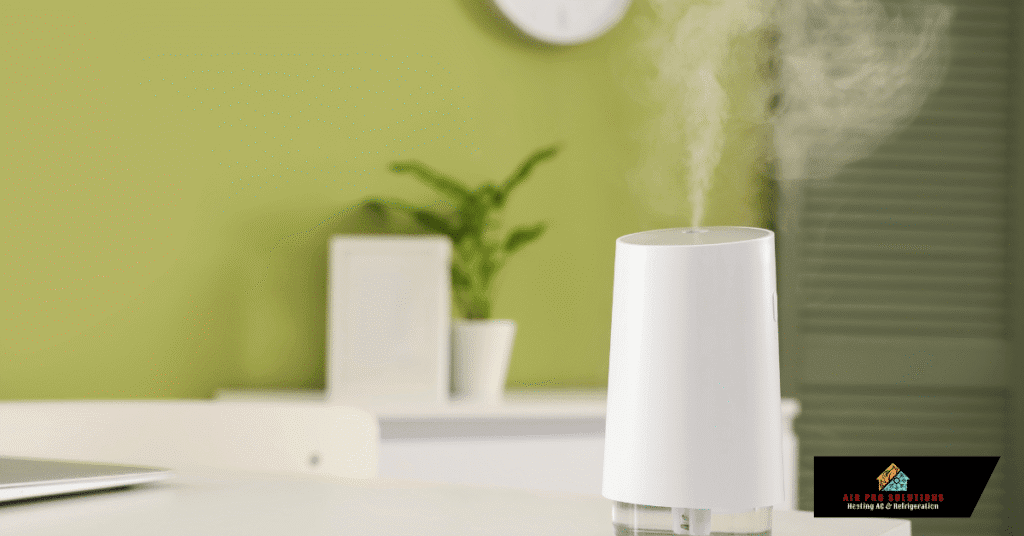
Types of Whole-House Humidifiers
Different types of whole-house humidifiers are available:
- Bypass Humidifier – Uses the furnace’s warm air to circulate moisture.
- Fan-Powered Humidifier – Uses a built-in fan to push moisture through the ductwork.
- Steam Humidifier – Uses electricity to produce steam and is considered the most effective for large spaces.
Each humidifier model has its strengths, and choosing the best type depends on your heating and cooling system and household size.
Whole House Humidifier vs. Portable Humidifier
| Feature | Whole-House Humidifier | Portable Humidifier |
| Coverage | Humidifies the entire home | One room at a time |
| Installation | Requires HVAC contractor | Plug-in, no professional installation |
| Cost | Higher upfront, better long-term value | Lower cost but more frequent refilling |
| Maintenance | Seasonal cleaning and repair | Daily cleaning and frequent refills |
| Convenience | Works automatically | More manual work |
Unlike portable humidifiers, which humidifiers typically require constant refilling, whole-house humidifiers are installed permanently and run through your HVAC.
Signs You Need a Whole-House Humidifier
- Cracks in wood furniture or flooring
- Family members waking up with dry skin or irritated sinuses
- Frequent static electricity shocks
- Portable humidifiers no longer effective
- Higher energy bills because air feels colder than the thermostat setting
Tips for Homeowners
- Keep relative humidity between 30–50%
- Schedule professional installation and regular repair if needed
- Include the humidifier in your seasonal HVAC system’s cleaning and maintenance
- Use a hygrometer to track the humidity level in your home
- Ensure proper ductwork ventilation to avoid mold and mildew
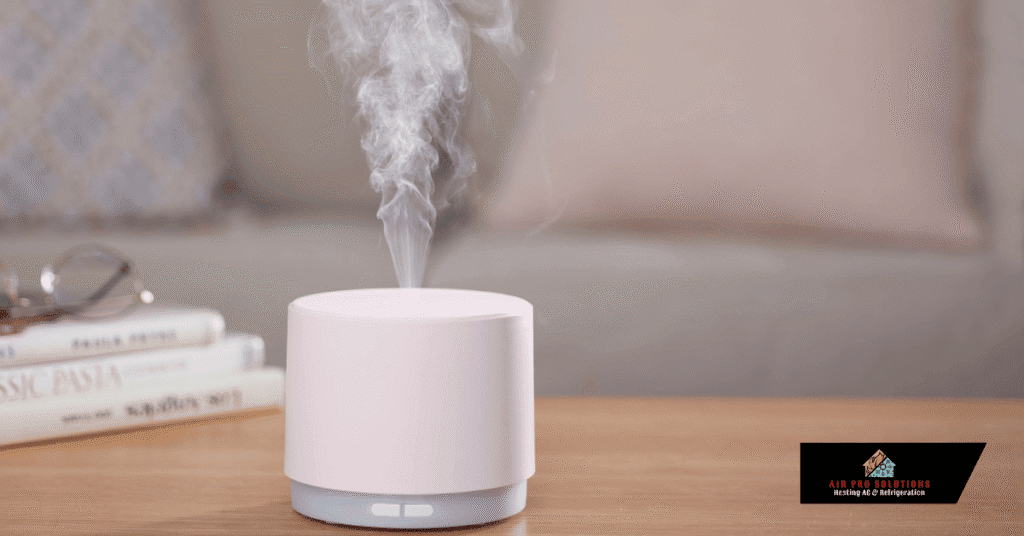
Conclusion
A whole-house humidifier can humidify the air throughout your home, improving indoor air quality, reducing dry indoor air, and protecting your belongings. However, it also involves installation costs, water use, and ongoing service.
Since a whole-house humidifier adds moisture automatically, many homeowners find the convenience outweighs the drawbacks. If you live in a dry climate or face long winters, installing a whole-house humidifier as part of your humidification system is a smart move for comfort and long-term savings.
Visit Air Pro Solutions for HVAC Contractor










